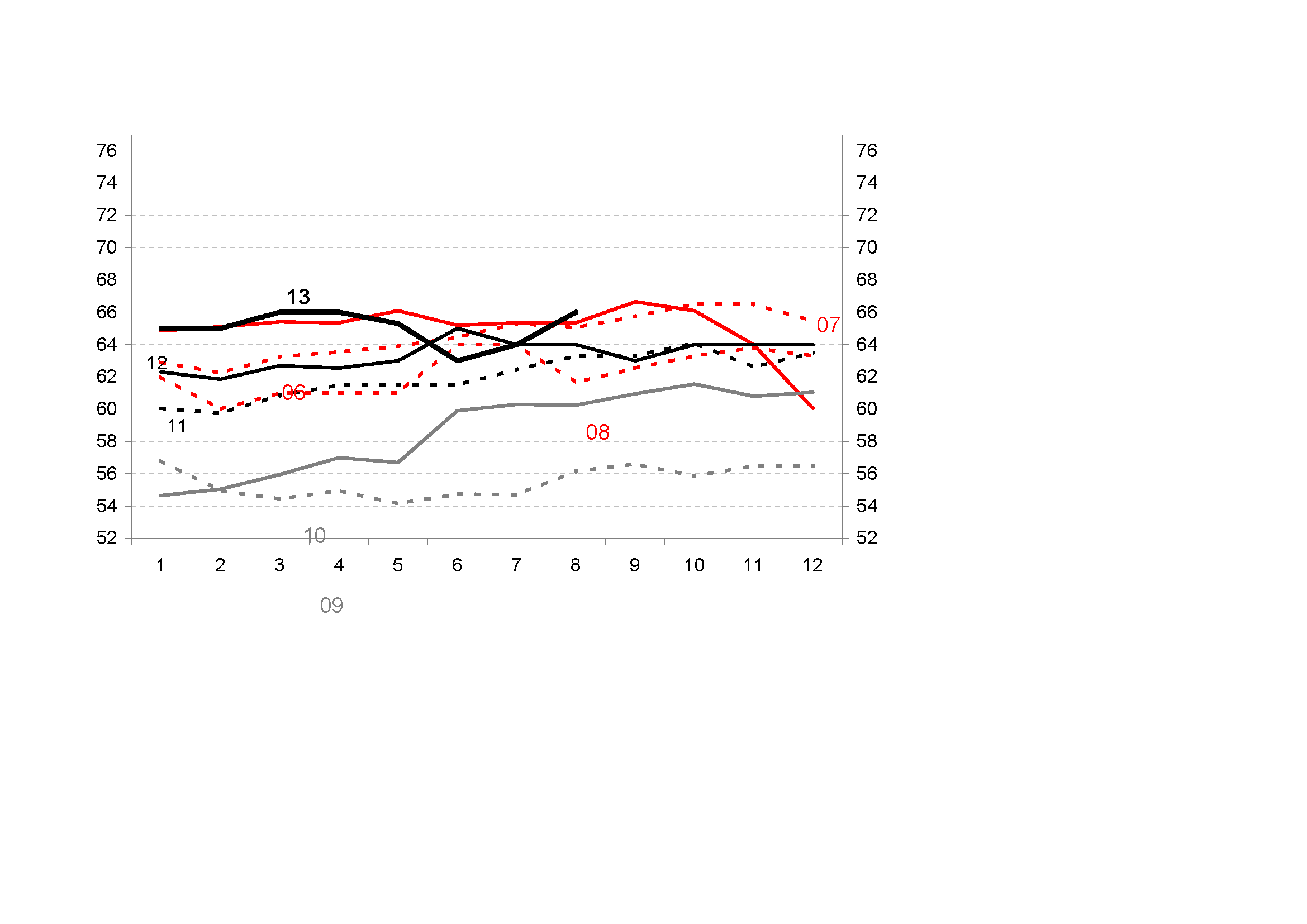In 2007 the world economy faltered. The economic crisis that struck the globalised economy spread rapidly across country borders and caused the most severe and globally spread recession witnessed in almost a century. This global recession affected international business all over the world. Empirical reports have shown that small and medium-sized enterprises (SMEs) in general and those with international operations in particular were most affected by the recession. One reason for this might be that SMEs in general possess fewer resources and have more limited international experience and managerial resources compared to large multinational corporations.
In a recent publication of mine at the Center for International Business Research in Emerging Markets (CIBEM), Linnaeus University, interest was turned to the performance of SMEs and to examine whether the internationalisation strategies of SMEs can contribute to explaining the firms’ performance in the market turbulence caused by the recession.
The article addresses three shortcomings in the existing literature on the relationship between firms’ internationalisation strategies and their performance.
First, the main body of research reported has focused on MNCs, thus our knowledge is still limited when it comes to SMEs. This is an intriguing shortcoming as SMEs, in comparison with their larger counterparts, have to be more conscious, careful and selective when making decisions about their international or global activities. This is because SMEs are generally constrained by a limited resource base and hampered by a limited pool of international experience.
Second, most studies have examined the effects of a firm’s degree of internationalisation; in contrast, this study seeks to separate the scope and the scale of internationalisation while at the same time including the dynamic speed dimension.
Third, and most importantly, the reported studies have been undertaken in times of market stability. Less is known about the validity of these findings under market turbulence.In light of this background, the article addresses these shortcomings by seeking an answer to the research question: In times of market turbulence, what are the performance effects of a SME’s scale of internationalisation, scope of internationalisation and speed of internationalisation?
To answer the research question, the research model is theoretically derived from international business and strategy literature.
The research model is confronted with a unique dataset integrating data collected in an on-site survey covering the firms’ internationalisation strategies until 2007 with objective and publicly available performance data for the period 2007-2011. This strategy allows us to test whether the internationalisation strategies in place prior to the recession have an effect on firm performance during times of market turbulence. Three hypotheses are posited:
The greater the scale of SME internationalisation, the stronger the firm performance in times of market turbulence.
The broader the scope of SME internationalisation, the stronger the firm performance in times of market turbulence.
The higher the speed of SME internationalisation, the stronger the firm performance in times of market turbulence.
From the analysis and discussion it can be concluded that the strategy of firm internationalisation is a relevant predictor of performance in times of market turbulence. In this research it is shown that the scope as well as the speed of firm internationalisation positively influences performance in times of market turbulence. Thus, firms that are able to balance their sales between different markets as well as to establish first mover advantages internationally will experience a positive performance in times of market turbulence. Conflicting the hypothesised model, however, the analysis revealed that the scale of internationalisation did not significantly affect SME performance in times of market turbulence. Thereby it seems as if the share of the sales exported is less important than the number of markets exported to in order to be resilient in times of market turbulence.
These conclusions should be of interest to managers of SMEs. The findings suggest that managers of internationalising SMEs should spread their risk between different countries in order to reduce sales fluctuations and gain flexibility of market activities in times of market turbulence. This research shows that the geographical scope of the international activities of the firm is a more important predictor of SME performance in times of market turbulence than the scale of internationalisation. Furthermore, this study has shown that managers in firms starting to internationalise their activities should seek to exploit potential first-mover advantages in different countries by realising a strategy of internationalisation at a high speed.
Thus, it has been shown that SMEs should not put all their eggs into one basket. When market turbulence arises, as witnessed in the last five years, firms that have spread their risks have experienced stronger performance. This analysis shows that it is not the share of the eggs that are put into the home market basket in relation to the international one that is the main predictor of performance in times of turbulence. Instead, it shows that what matters is the number of baskets used for the eggs and the speed at which the eggs are spread between the baskets. Thus, it has been shown that the number of baskets used renders a positive performance effect. The same holds true for the speed at which the eggs are spread. Based on this research, it is argued that we should drop the assumption that internationalisation is a risky strategy. This research has shown that it might be more risky for firms not to internationalise activities than it is for them to do so. In times of market turbulence, internationalisation should be seen as a risk-reducing strategy rather than an instance of risk taking.
Thus, we are confident to suggest for managers of SMEs to spread your eggs, and to do it quickly!
The full version of the paper can be accessed online at the website of International Small Business Journal: http://isb.sagepub.com/content/early/recent

Mikael Hilmersson
PhD, Assistant Professor of International Business, Linnaeus University
Editorial board
Back to Start Page





